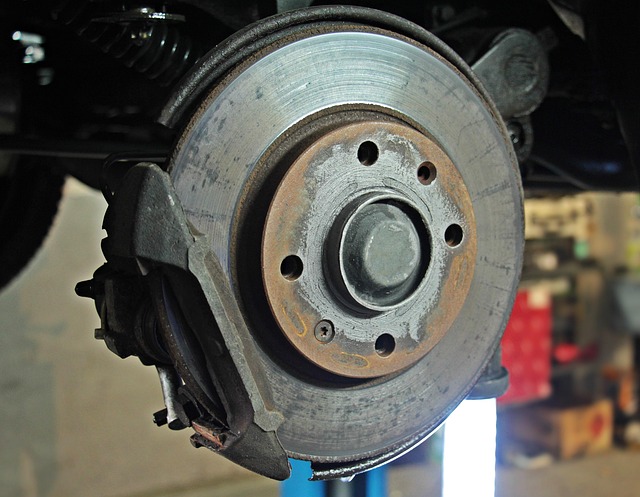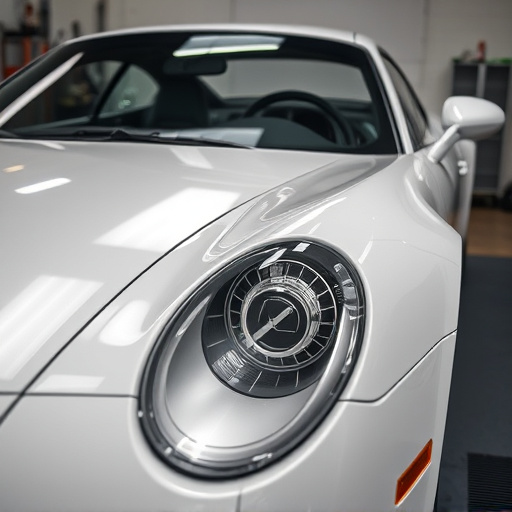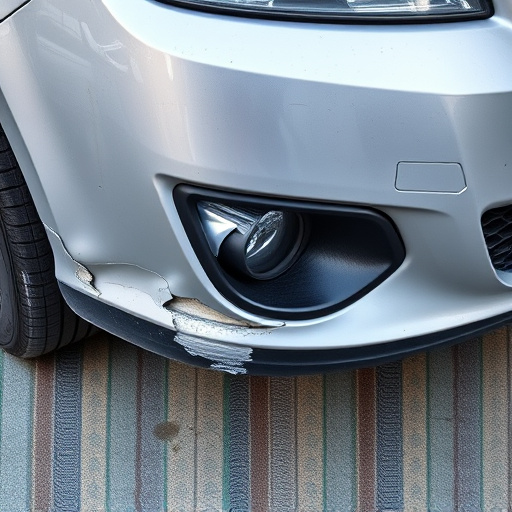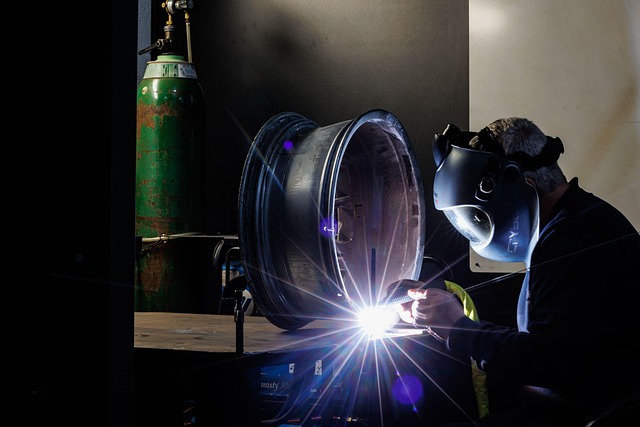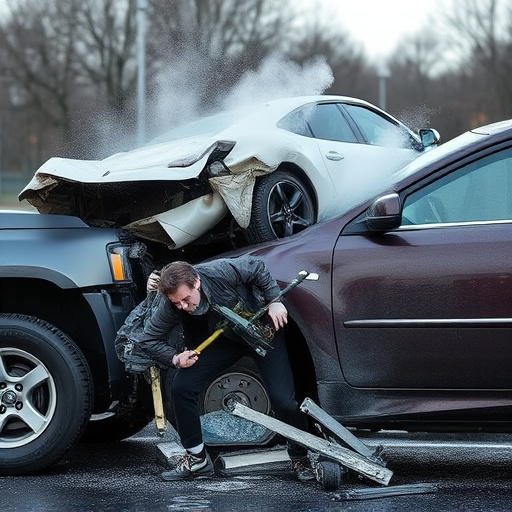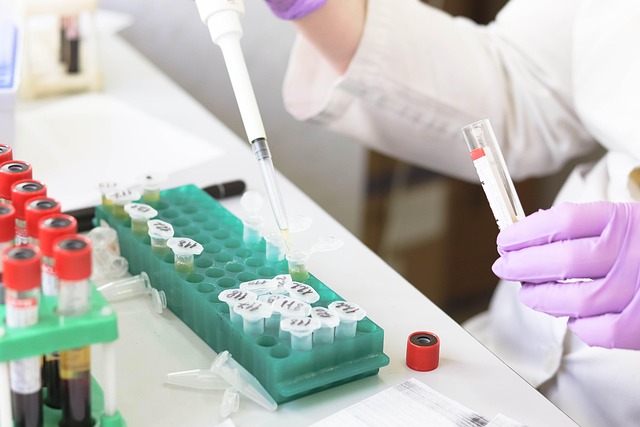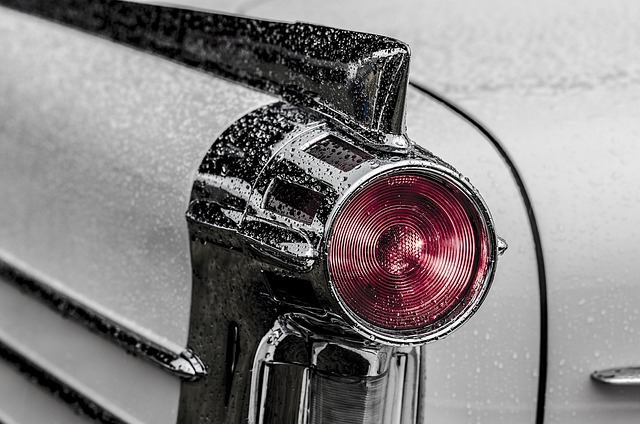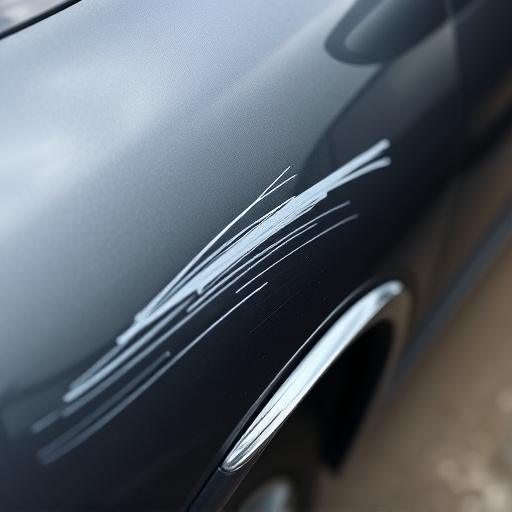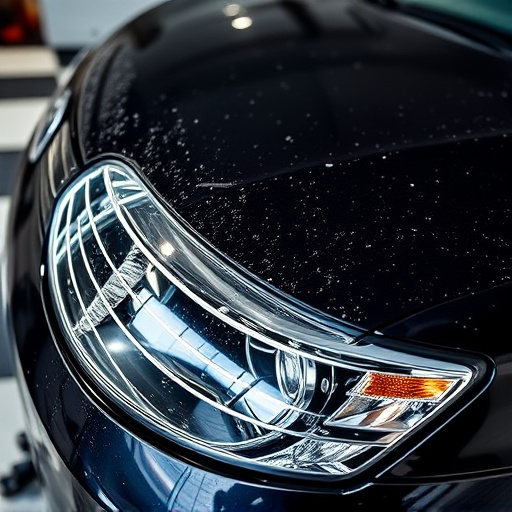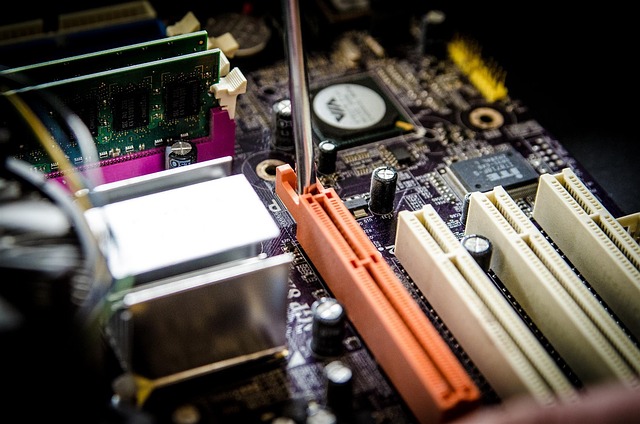Auto buffing and polishing are advanced restoration techniques that transform a vehicle's appearance by eliminating minor scratches and swirls, resulting in a flawless, glossy finish. The process involves inspecting paintwork, selecting appropriate compounds and pads, and using rotational machines to remove imperfections. Correct tool selection is crucial—specialized compounds and microfibre cloths for light scratches, robust buffers with higher RPM for deep damage, and lower-speed buffers for preserving clear coat during everyday maintenance. A step-by-step guide emphasizes inspection, proper tools, pre-cleaning, and application techniques for minor scratches, while recommending professional collision repair services for deeper damage.
Auto buffing and polishing are essential techniques for maintaining a vehicle’s finish. Understanding these processes involves grasping how they work to remove fine scratches, enhance shine, and restore a car’s appearance. Choosing the right tools and products is key; from buffing pads to polishing compounds, each plays a vital role in achieving a flawless result. This article guides you through the steps of auto buffing and polishing, offering practical tips for removing fine scratches effectively.
- Understanding Auto Buffing and Polishing
- Choosing the Right Tools and Products
- Step-by-Step Guide to Removing Fine Scratches
Understanding Auto Buffing and Polishing

Auto buffing and polishing are essential techniques in the realm of vehicle restoration, offering a meticulous approach to achieving a flawless finish. This process involves using specialized equipment and compounds to remove minor scratches, swirls, and defects from a car’s paintwork, revealing a smooth and glossy surface. By understanding these techniques, car owners can effectively address common issues like light scuffing and scratches, enhancing their vehicle’s overall aesthetics.
Through auto buffing and polishing, professional detailers and enthusiasts can achieve a high-quality, showroom-like shine. The process starts with careful inspection to identify the extent of damage, followed by the selection of appropriate compounds and pads. These compounds are then buffed onto the surface using rotational machines, gradually eliminating imperfections until the desired level of smoothness is attained. This meticulous care ensures not only the removal of visible scratches but also enhances the car’s overall paint integrity, contributing to its long-term protection and value, especially in conjunction with auto frame repair and car scratch repair methods.
Choosing the Right Tools and Products

When it comes to auto buffing and polishing, selecting the appropriate tools and products is a crucial first step in achieving a flawless finish. The market offers a wide array of options tailored for different types of scratches and car finishes. For minor fine scratches, a gentle yet effective solution might be a specialized auto buffing compound combined with a microfibre cloth. These compounds are designed to fill in scratches without leaving any residue or altering the car’s original color.
Choosing the right buffer, whether it’s a manual pad or an electric machine, is key. For extensive repairs like those found in an auto dent repair scenario, a more robust buffer with higher RPM (revolutions per minute) might be necessary to aggressively remove deep scratches and dents. However, for everyday auto buffing and polishing tasks, such as maintaining that new car shine or repairing light scuffs from a quick wash, a lower-speed buffer is often sufficient, ensuring the safety of your vehicle’s clear coat.
Step-by-Step Guide to Removing Fine Scratches

Removing fine scratches from your vehicle’s paintwork is a delicate process that requires patience and the right tools. Here’s a step-by-step guide to help you achieve a smooth, scratch-free finish through auto buffing and polishing. First, inspect the damage thoroughly; for minor, shallow scratches, you might be able to address them at home. Gather your materials: a quality car polish, a microfiber cloth, a buffer (either manual or electrical), and a fine-grit polishing pad suitable for auto bodywork. Start by cleaning and drying your car to ensure the polish adheres properly. Then, apply a thin layer of polish onto a small section of the scratch using the cloth. Work the polish into the scratch in gentle, circular motions with moderate pressure. Allow it to dry slightly, then buff out any residue with another clean microfiber cloth. Repeat this process until the scratch begins to fade. For deeper scratches or dents, consider visiting a collision repair center for professional auto maintenance services that offer advanced auto buffing and polishing techniques.
Auto buffing and polishing are essential techniques for maintaining a flawless car finish. By understanding the process, selecting the right tools and products, and following a step-by-step guide, you can effectively remove fine scratches, enhancing your vehicle’s appearance. Regular care with these methods will ensure your car retains its vibrant, lustrous exterior for years to come.
